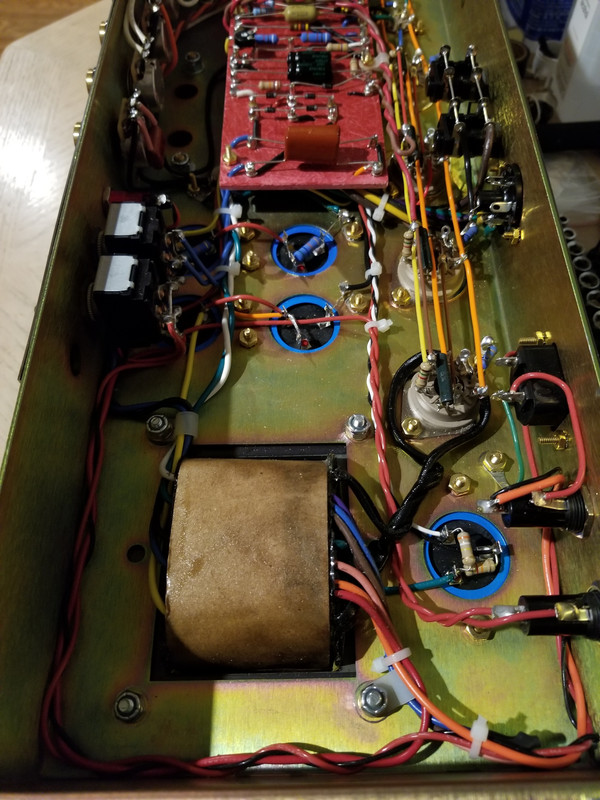glpg80
Well-known member
I'm building in an old combo amp chassis. The mains wiring, mains fuse, pilot light are all already in place.
The existing mains fuse is 1A 125V.. should I use a lower rating there ?
On the secondary I'd need to add another fuse holder. I'm thinking a 500mA fast-acting for that one ?
I don’t know your goal, you’ve never outlined what you’re doing or presented the full schematic? You can’t rate fuses based on hunches alone. Is this only a preamp design?


